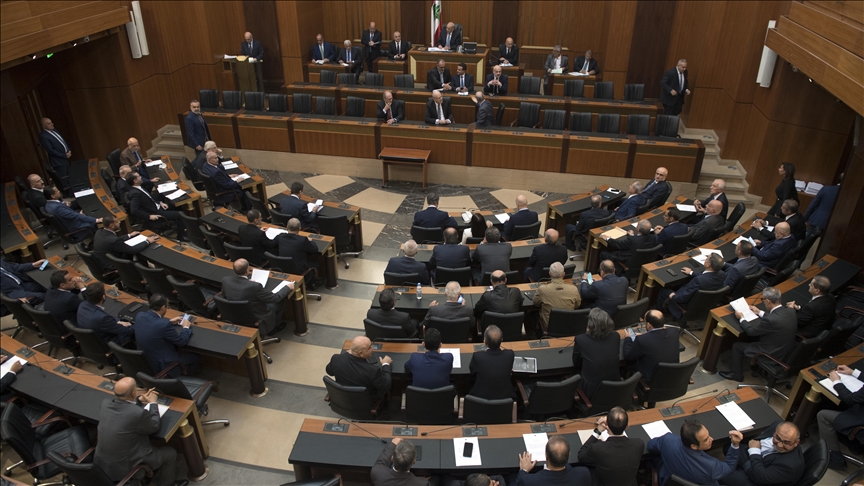In a meeting call with associates of the press on Tuesday, NASA officers and private sector companions gave an update on this earlier Saturday’s very hot fireplace of the core phase for the agency’s Place Start Technique (SLS) rocket that is scheduled to launch the Artemis I mission to the moon afterwards this calendar year.
The scorching hearth was meant to be the closing test of the eight-component, 12-month Eco-friendly Operate sequence, carried out at Mississippi’s Stennis Room Centre.
SLS is the world’s most impressive ever rocket that will power America’s upcoming-technology moon missions and subsequent crewed missions to Mars. Alabama’s aerospace industry has led the energy to create the SLS, which stands 212 toes large and 27.6 toes in diameter.
Boeing is the core phase guide contractor, and Aerojet Rocketdyne is the RS-25 engines guide contractor. The SLS application is managed out of NASA’s Marshall Place Flight Center in Huntsville, while Boeing’s Huntsville-primarily based Space and Start division manages the company’s SLS operate.


663
The sizzling fireplace examination plan termed for the rocket’s four RS-25 engines to hearth for a little extra than eight minutes – the same total of time it will acquire to ship the rocket to house following launch.
Whilst the test group productively concluded the countdown and ignited the engines, the engines shut down a minor a lot more than 1 minute into the scorching hearth on Saturday. Given that then, teams have been examining the details to establish what brought on the early shutdown and determine a route forward.
On Tuesday, NASA place out a detailed penned statement advising that the “Green Run staff has reviewed intensive details and finished preliminary inspections that show the rocket’s components is in excellent ailment just after the Green Operate examination.”
“After analyzing preliminary details, the group determined that the shutdown immediately after firing the engines for 67.2-seconds on Jan.16 was triggered by test parameters that had been deliberately conservative to guarantee the security of the main stage during the examination,” NASA stated. “Throughout the warm hearth, all four engines done as envisioned. Whilst the examination prepared to fireplace the four engines for about 8 minutes, the crew nonetheless realized several aims in the course of the shorter firing.”
These efficiently accomplished goals integrated: “They repeated the damp costume rehearsal, at the time once more filling the tanks with additional than 700,000 gallons of propellant with some extra modifications to methods to be certain correct thermal conditioning of the engines. They correctly pressurized the propellant tanks, completed the countdown, and ignited the engines for the initial time. The engines achieved their comprehensive electric power of 109 p.c creating 1.6 million lbs of thrust, just as they will during the Artemis I launch.”
“Data investigation is continuing to assist the crew figure out if a next hot fire test is demanded,” NASA concluded.
In the teleconference later on in the day, NASA leaders expounded on the penned statement. In summary, facts demonstrates that if the very hot fire had essentially been a true start of the rocket, the engines would not have shut down and flight would have ongoing.
NASA Administrator Jim Bridenstine reported “the big photo perspective” is that “a incredible quantity of info and information” was gleaned from the scorching hearth.
Kathy Lueders, NASA associate administrator for Human Exploration and Operations Mission Directorate, additional, “From my point of view, and with all the development work that I have witnessed, the actuality that we realized and we are understanding from our built-in method means that this was a fantastic take a look at.”
“The most effective exams are the types in which we find out from,” she reiterated. “And we figured out.”
Relocating ahead, Lueders pointed out the workforce will continue on to comb via the test information and master more. That thorough procedure will be utilized to identify a up coming move, which include whether or not a second hot fireplace will be done in advance of the main stage is shipped to Kennedy House Middle in preparation for Artemis I.
Under the Artemis program, NASA is operating to land the very first lady and the subsequent male on the moon in 2024 by Artemis III.
“This examination was an wonderful way for us to invest in down threat for that mission,” Lueders stated.
Artemis I will be the first built-in flight exam of SLS and the Orion spacecraft. This will be an uncrewed take a look at flight. Artemis II is slated to be the 1st crewed flight for the system. Lueders mentioned Artemis I could even now come about this year, dependent on what resolve is made adhering to the incredibly hot fire investigation.
John Honeycutt, SLS software manager for NASA’s Marshall Place Flight Middle, opened his remarks on Tuesday by emphasizing, “Saturday was extremely historic.”
“This is the major examination NASA’s operate in the last 50 a long time,” he commented. “It’s the initial time we have at any time experienced four RS-25 engines fired up collectively. … The core stage and the RS-25 engines carried out beautifully.”
“I’m particularly happy of the workforce and what they achieved Saturday, as effectively as above the training course of the other seven Eco-friendly Operate exams that we did main up to the incredibly hot fire,” lauded Honeycutt.
Sean Ross is the editor of Yellowhammer Information. You can observe him on Twitter @sean_yhn





More Stories
White House Announces Public Safety Initiatives Ahead Of Tribal Nations Summit
Accused ISIS Recruiter Faces Trial in New York
Forever houses | Koehler Law